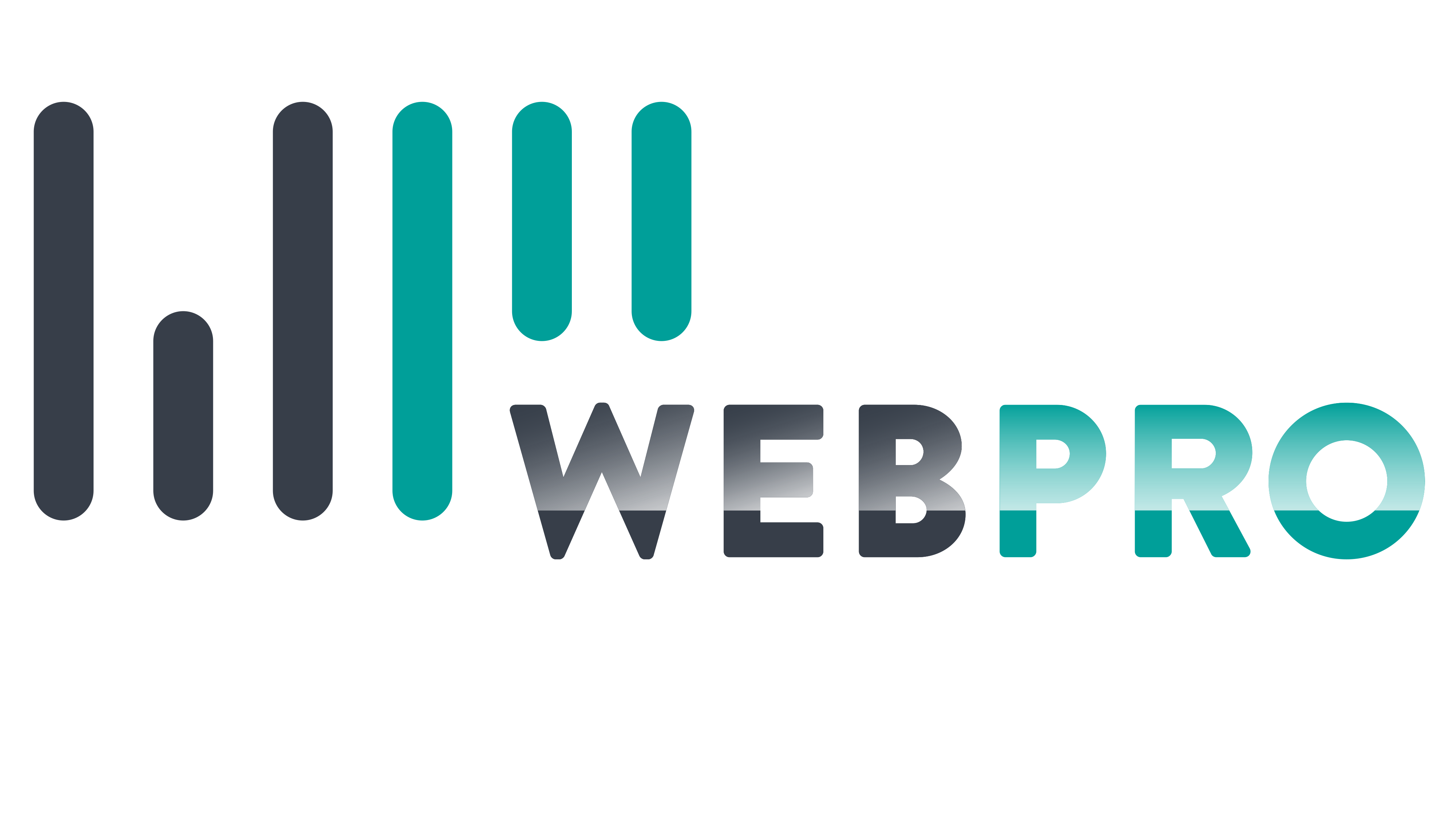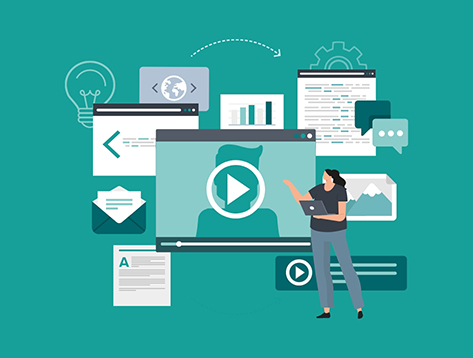Missed our free webinar on offline marketing? We’ve got you covered here as we recap the five key takeaways of offline marketing from the discussion. Don’t miss our next one by keeping tabs on our upcoming events.
#1: Common types of offline marketing
Offline marketing is any marketing method that doesn’t take place online. These methods may also be known as traditional marketing as many of them pre-date the internet. The most common types of offline marketing include:
- Print advertising in newspapers and magazines
- Billboards
- Printed materials, such as leaflets, brochures and posters
- Media advertising, such as radio and TV adverts
- Local sponsorship
- Event stands
- Networking
Some other types of offline marketing that people usually forget about are building signage, business stationery such as business cards and branded merchandise such as pens.
#2: The benefits of offline marketing
Offline marketing is often neglected and massively underestimated by businesses. For starters, 84% of consumers actually prefer to receive information about products and services through offline channels. You might have a greater chance of grabbing the attention of consumers through offline channels than you would with online and digital marketing.
Here are some of the other benefits:
- Offline marketing usually comes with a fixed cost that is really easy to budget for
- Offline marketing isn’t as passive as online marketing, which gives the consumer something tangible that they cannot as easily ignore or forget about
- Physical marketing materials have longevity that allows them to keep marketing over many weeks, months and sometimes even years
- Physical materials also might fall into the hands of different people, such as the initial recipient’s friends, family and colleagues. For example, this allows a single flyer to market to multiple people
- Offline marketing is a fantastic way of marketing more locally (but not always!). This can be advantageous during current times when consumers are more aware of what businesses they buy from and who they’re supporting within their community
#3: Bridging the gap with your online presence
Offline marketing doesn’t have to be standalone from your online presence. Modern technologies allow us to bridge the gap between offline marketing and your website or other online presence, such as social media. For example, you might hand out flyers with a QR code on them. When the QR code is scanned, it might take the lead to a relevant website page.
This is important because most consumers will want to check you out online – possibly read reviews - before they visit you or make an enquiry. Often, consumers need to go online to do these things anyway, so having offline marketing that takes leads to your website easily is almost essential to continue the sales funnel.
This is just one more reason why offline marketing is not outdated and should still be used, preferably in conjunction with investment into your online presence for the best results.
#4: How to get offline marketing right
There is some low-hanging fruit when it comes to creating and distributing offline marketing to your target market. On the flip side, there are some common pitfalls that will seriously decrease the effectiveness of your offline marketing. When you invest in offline marketing, make sure you:
- Keep your brand consistent across all materials and touchpoints. This includes your online presence as people will check you out online after receiving your offline marketing. Getting your branding on point can be tough and often elusive, which is why this is the topic of our next free webinar on the 15th of June.
- Don’t cut corners on quality. When people receive physical materials, the quality of the material is a reflection of your business and its attention to detail. You need to ensure you only use high-quality paper and printing on all physical materials.
- Don’t underestimate offline marketing services. You might have some skills when it comes to graphic design or copywriting, but can you really deliver the same as people who work in these areas full-time? Using offline marketing services can make your materials achieve better results.
- The physical positioning or distribution of your materials is key. If your target market is people under 25, you need to distribute leaflets or use billboards in the places they hang out.
#5: Analysing offline marketing success
Analysing the performance of offline marketing can be tricky. Unlike online marketing, there isn’t real-time data showing how many people clicked your advert or made a purchase directly from an online campaign. There are some ways around this by including codes or using questions during the sales process, but these methods won’t give you a full picture.
It’s usually better to simply educate yourself on the importance of offline marketing and how it interreacts with your online presence. Once you realise the benefits, the lack of ROI tracking shouldn’t be a major concern.
Sign up for our next free webinar on branding!
As we mentioned above, our next free webinar will cover branding and how to get it right. The information we provide for free in this webinar will be invaluable for all your marketing materials. Don’t miss out and register your place now before it fills up!







